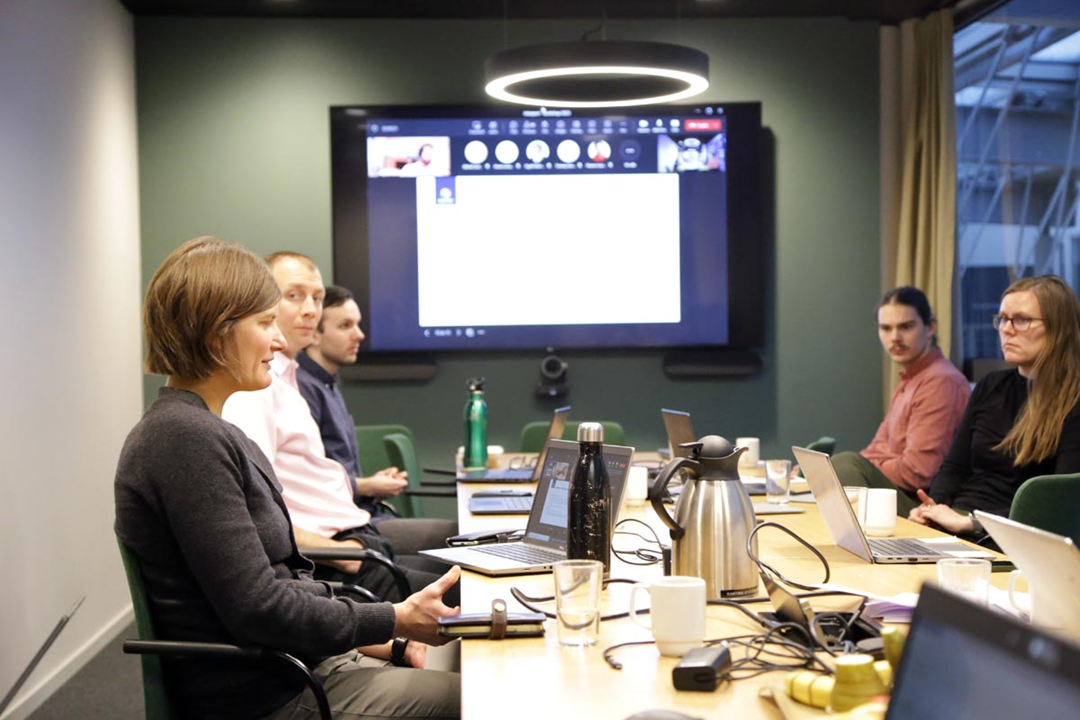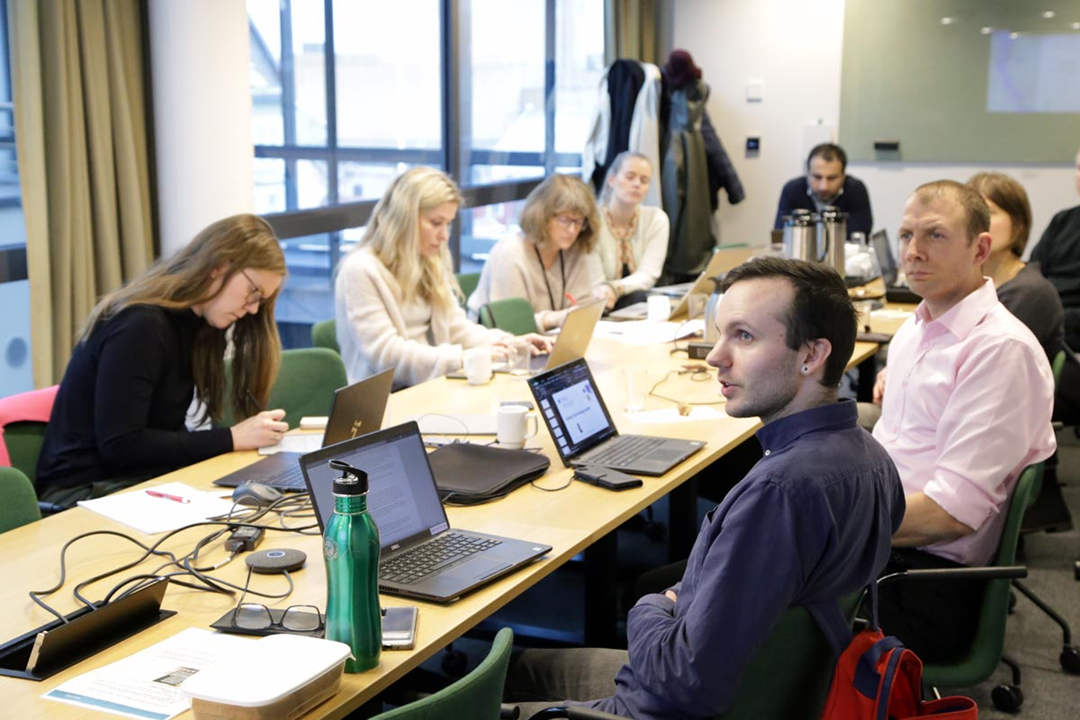
INTERPORT – Integrated energy systems in ports
Making sea ports zero-emission energy hubs

INTERPORT aims to facilitate the evolution of seaports into zero-emission energy hubs. This task is difficult because of the various ports' unique conditions, including vessel types, existing infrastructure, and institutional relations. INTERPORT addresses these challenges.
The day started with presentations by research scientists from the various work packages. A paper about "Energy system scenarios for Norwegian ports" was presented by Cecilia Gabrielii (SINTEF) and a paper on port policies was presented by Sigrid Damman (SINTEF). The aim is to submit both papers during the first quarter of 2024.
Next, Mari Wardeberg (SINTEF) presented ACES, another Collaborative and Knowledge-building Project aiming at facilitating a sector-wide energy and sustainability transition in Norwegian ports.
Hanne Kako (SINTEF), August Brækken (SINTEF) and Drazen Polic (NTNU) gave insight into the work they have done on energy interactions in ports this year.



This was followed by presentations by research scientists from other related projects. First, Henrik Strand (SINTEF) provided insight into the results of project ElMar, which was active 2020-2023. The project investigated business models for supplying ships with power from shore and charging of batteries. It developed a cost comparison tool, elmar.volta.sintef.no, as well as a tool for estimating power demand in seaports.
Then, Susanne Sandell (SINTEF) gave an overview of the capacity challenges in the power grid, and what is done to address them. Power line sensors are among the solutions being used. These can help validate computer models and give a more exact picture of the grid's state, which can in turn help better utilising the grid.
The day continued with a presentation from Sigrid Damman (SINTEF) on social acceptance and business models. She gave an overview of the work and discussed with the industry partners on how to best proceed with the work on business models.
The day was concluded with presentations from the industry partners, and they also gave feedback on the project.
INTERPORT is financed by the Research Council of Norway under the ENERGIX programme. It was launched in 2021 and will conclude in 2025. The Interport partners are SINTEF Energi, SINTEF Digital, NTNU, Statkraft AS, Equinor Energy AS, Saga Fjordbase AS, Fornybar Norge, Norsk Fjernvarme, Karmsund Havn IKS, Kildn, and Nordfjord Havn IKS.